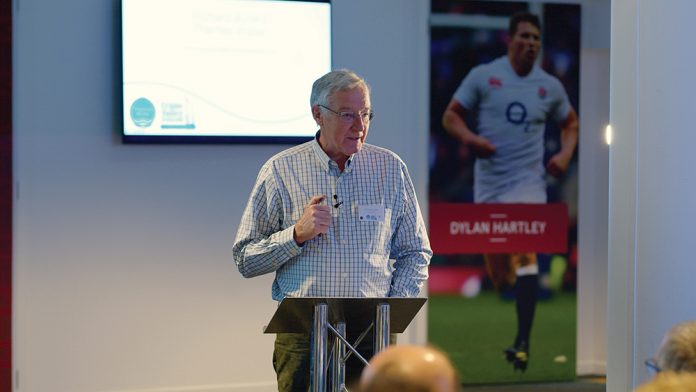Thames Water and The Crane Valley Partnership have launched their State of the Environment Report for the River Crane, providing insights into the current health of the river and the challenges ahead.
The report is a milestone for Thames Water’s Smarter Water Catchment (SWC) programme, and The Crane is the first urban river system in the Thames Region to be supported in this way.
Positive outcomes so far include the launch of the SWC Community Fund which offers small grants of up to £2,000 for capacity building of community groups. The SWC Large Project Fund offers grants up to £100,000 for projects delivering benefits across multiple themes – both launched in June 2022.
The programme has already supported the creation of a major new wetland at Headstone Manor in Harrow, and a rain garden in Pinkwell Green in Hillingdon, and has identified over 20 wetlands and sustainable drainage schemes across the catchment.
However, several challenges for river health are also highlighted in the report, including issues with habitat, water quality, river access and flooding. The SWC programme and joint report has identified the following five key themes to be addressed:
- Promote public awareness, access, and participation
- Enhance flood resilience
- Improve water quality
- Improve the river form
- Enhance biodiversity – for wildlife and their habitats
Challenges to the natural environment of the river have been caused by concrete linings built into the river over 100 years ago. Improvements are already underway starting with the removal of a 30-metre length of concrete wall in the lower Crane in Twickenham, with further restoration planned along different parts of the river in 2023.
The report also reveals that access to the river is a significant challenge for some local residents and community groups: for example, in places, there are a number of physical barriers to the river corridor where there is no through access from one section to another; in others, residents don’t use areas because of anti-social behaviour. This report will improve understanding of such issues so that they can be addressed going forward.
Richard Aylard, Thames Water sustainability director, said: “We’re committed to meeting our environmental responsibilities and that includes improving and protecting our rivers and streams. Whilst our partnership work and joint report for the Crane catchment shows a clear step in the right direction, we know we have a long way to go.
“Our five-step plan clearly outlines our ambitious strategy which will enable us to engage with more organisations and volunteers, whilst improving water quality and boosting biodiversity.
“As part of our turnaround plan, we’ve invested into the environment and launched our river health commitments. This includes a 50% reduction in the total annual duration of spills across London and the Thames Valley by 2030, and within that an 80% reduction in sensitive catchments.”
John Waxman, Crane Valley Partnership’s development manager, added: “The Crane Valley Partnership is delighted to have co-hosted the River Crane Catchment Conference with Thames Water as part of the on-going Smarter Water Catchment initiative.
“This was the first opportunity for a wide range of stakeholders, all sharing an interest in the protection and enhancement of the watercourses and open spaces of the Crane Valley, to consider the information presented in the brand-new State of the Crane Environment Report and collectively identify ways to respond to the challenges and opportunities highlighted in this landmark document.”
Thames Water’s wider £9 million Smarter Water Catchment programme covers the River Crane, River Chess and River Evenlode. The plans set out a 10-year commitment to boost biodiversity and help address water quality issues, as well as providing wider benefits for local communities through better access, improved amenities, schools programmes, volunteering opportunities and health and wellbeing benefits.




